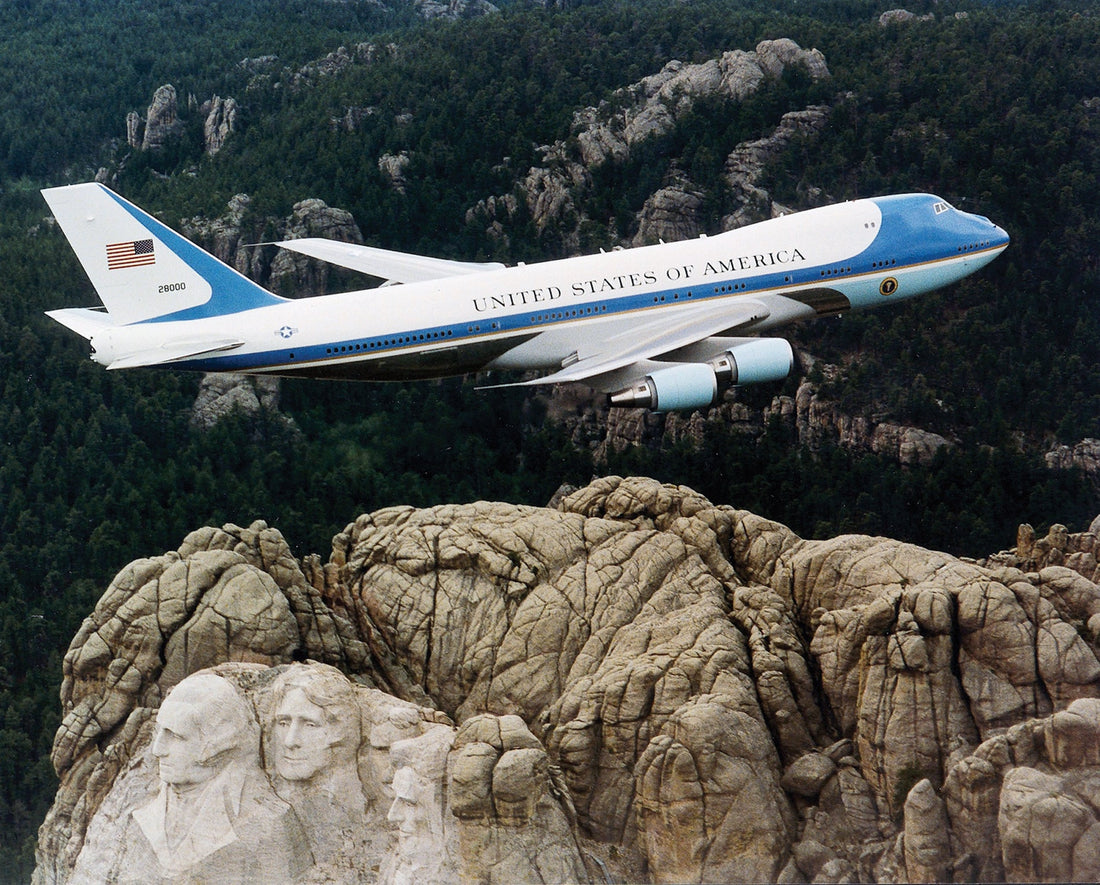
How to Teach Kids About the U.S. Presidency at Home: Fun & Educational Ideas
Share
Teaching kids about the U.S. presidency at home can be an exciting way to spark their curiosity about history, leadership, and civics. Whether you’re a homeschooling parent or looking to supplement your child’s education, exploring the role of the president offers endless opportunities for engaging, hands-on learning. At Presidents For Kids, we’ve put together a step-by-step guide with fun activities, resources, and tips to help you teach kids about the U.S. presidency in a way that’s both educational and entertaining. Let’s dive into how you can bring the White House to your living room!
Why Teach Kids About the U.S. Presidency?
The presidency is at the heart of American government, shaping the nation’s history and future. Teaching kids about the president’s role helps them understand leadership, democracy, and civic responsibility. By making lessons interactive and relatable, you can inspire critical thinking and a lifelong interest in history. Plus, with the right resources, learning about the presidency can be a fun family activity!
Step-by-Step Guide to Teaching the U.S. Presidency at Home
1. Explain the President’s Role in Kid-Friendly Terms
What to Do: Start with a simple explanation of what a president does. For younger kids, say, “The president is like the leader of our country, making big decisions to keep us safe and help people.” For older kids, break it down into key duties: signing laws, leading the military, and representing the U.S. globally.
Activity: Create a “Day in the Life of a President” poster. Have kids draw or write about tasks like meeting world leaders or signing a bill. Use Ben’s Guide to the U.S. Government for kid-friendly explanations.
Why It Works: Simplifies complex concepts and encourages creativity.
2. Explore Famous Presidents Through Stories
What to Do: Share stories about iconic presidents like George Washington, Abraham Lincoln, or John F. Kennedy. Focus on relatable anecdotes, like Lincoln’s love for reading or JFK’s passion for space exploration.
Activity: Read a kid-friendly book, then have kids write a short story about meeting a president.
Why It Works: Stories make history memorable and connect kids to presidents as real people.
3. Host a Mock Election
What to Do: Teach kids about the election process by holding a mock election at home. Explain how presidents are chosen, from campaigns to voting. Use PBS Kids – You Choose for election games.
Activity: Let kids create campaign posters for their favorite “candidate” (a president, a toy, or even themselves!) and vote using a homemade ballot box. Discuss why voting matters.
Why It Works: Hands-on activities make elections fun and teach civic engagement.
4. Take a Virtual Tour of Presidential Sites
What to Do: Explore presidential history through virtual tours of sites like the White House or Mount Vernon. These tours bring history to life without leaving home.
Activity: Use the White House Historical Association for a virtual tour, then have kids draw their own version of the Oval Office or write a letter to the president.
Why It Works: Virtual tours are accessible and spark imagination for kids who love visuals.
5. Play Presidential Trivia Games
What to Do: Engage kids with fun facts about presidents, like Theodore Roosevelt’s pet bear or Barack Obama’s basketball hobby. Use Cool Kid Facts – US Presidents for inspiration.
Activity: Create a trivia quiz with questions like “Which president had a pet alligator?” (John Quincy Adams). Offer small prizes for correct answers to keep it exciting.
Why It Works: Trivia makes learning fun and encourages kids to research more.
6. Create a Presidential Timeline
What to Do: Help kids visualize the presidency’s history by creating a timeline of U.S. presidents. Include key events, like the signing of the Constitution or the Civil Rights Act.
Activity: Use a large sheet of paper or a digital tool to mark each president’s term. Have kids add drawings or facts about major events. The National Archives offers timelines for reference.
Why It Works: Timelines help kids connect presidents to historical moments.
7. Discuss the First Family and White House Life
What to Do: Talk about the president’s family, including first ladies and kids, and what it’s like to live in the White House. Highlight stories like Amy Carter’s treehouse or Malia and Sasha Obama’s swing set.
Activity: Have kids design their own “White House room” with a drawing or model, imagining what they’d add (e.g., a game room). Explore Our White House for kid-friendly first family stories.
Why It Works: Relatable stories make the presidency feel personal and fun.
Tips for Teaching the Presidency at Home
- Tailor to Age Groups: For ages 4–8, use simple stories and games (e.g., Ben’s Guide). For ages 9+, dive into primary sources or debates from The American Presidency Project.
- Incorporate Hands-On Learning: Combine activities like crafts, role-playing, or quizzes to suit different learning styles.
- Use Free Resources: Leverage free sites like the White House Historical Association or PBS Kids to keep costs low.
- Encourage Discussion: Ask open-ended questions like “What would you do as president?” to foster critical thinking.
- Connect to Today: Relate historical presidents to current events (e.g., compare past and present leadership styles) to make lessons relevant.
Why These Activities Work
This guide combines interactive, age-appropriate activities with credible resources to make learning about the U.S. presidency engaging and meaningful. By blending storytelling, games, and virtual exploration, you can cater to visual, auditory, and kinesthetic learners. These activities also align with homeschool curricula and encourage family bonding, making history a shared adventure.
Start Teaching the Presidency Today!
With these fun and educational ideas, you can bring the U.S. presidency to life for your kids at home. From mock elections to virtual White House tours, these activities make learning about presidents exciting and memorable. Visit Presidents For Kids for more resources, including our President Activity Books filled with fun and engaging activities and learning.
